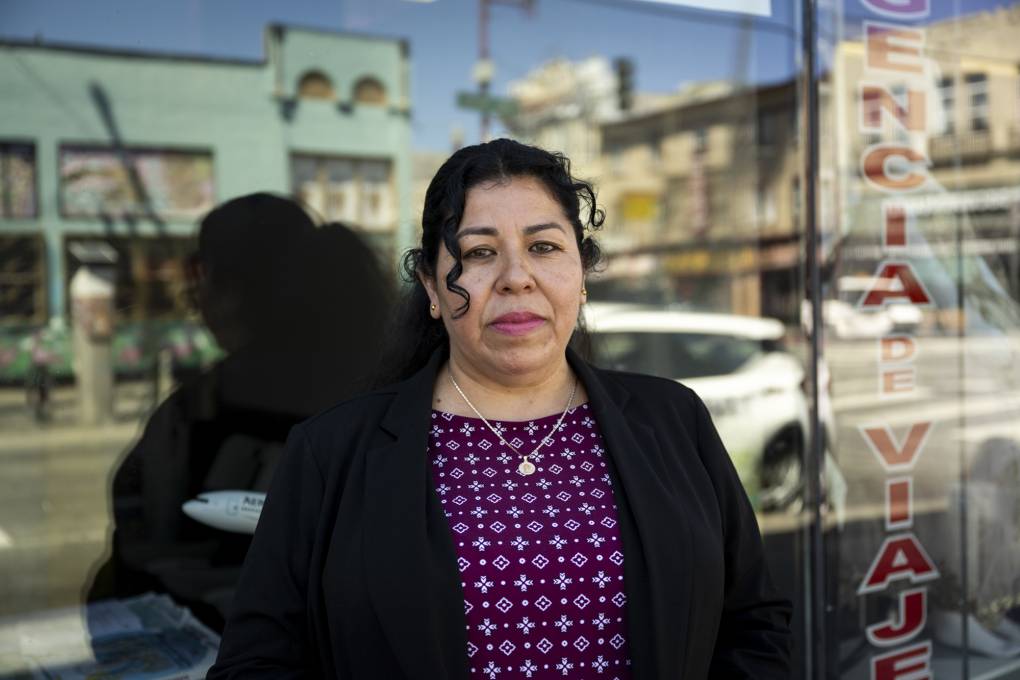Breed and her supporters say the zoning rules in the original Central SoMa Plan stymie the city’s housing goals. Critics, on the other hand, say zoning is not the problem, pointing to 70,000 approved units already in San Francisco’s housing pipeline at various stages of development, many of which have struggled to progress due to a lack of financing and other barriers.
The legislation announced Tuesday would eliminate the office requirement, allowing developments on certain large sites – lots larger than 20,000 square feet near Transbay and over 40,000 square feet in Central SoMa — to be fully residential or to have more residential space in a mixed-use project than previously allowed.
It also builds on a city ordinance enacted last year that waives certain fees and a transfer tax to enable the conversion of existing office buildings into housing. In 2022, California also passed two laws that make it easier for developers to build housing on what was otherwise slated for commercial use.
“We are currently building 500 units in Central SoMa and, with this change, we will certainly look to do more,” Jesse Blout, founding partner at Strada Investment Group, said in a statement about Breed’s proposal.
The plan is part of Breed’s goal to add at least 30,000 new residents to the city’s downtown by 2030. Her Roadmap to San Francisco’s Future attempts to shift SoMa from largely commercial use to a more diverse residential and mixed-use urban neighborhood.
“I look forward to seeing these thriving neighborhoods welcome even more residents,” Supervisor Matt Dorsey, who co-sponsored the legislation, said in a statement on Tuesday. SoMa communities, which Dorsey represents, “embody our city’s shared values of urbanism and diversity,” he said.
Cretan pointed to examples like the city’s Flower Mart as potential places that could add significant housing if the legislation passes.
The last time the property was rezoned, it allowed for the building to be taller, but it still would have been required to include two-thirds office space.
Under Breed’s plan, “the Flower Mart could become a full housing development,” Cretan said.
The plan will then head to the Planning Commission, followed by a committee review before being presented to the full Board of Supervisors.


